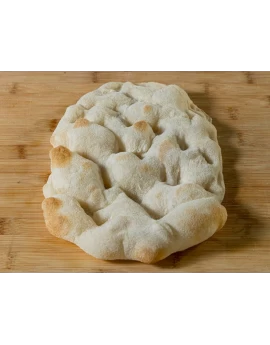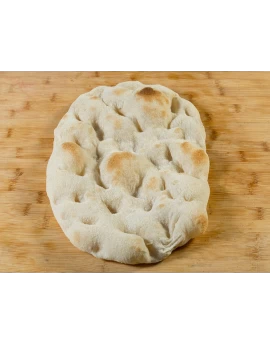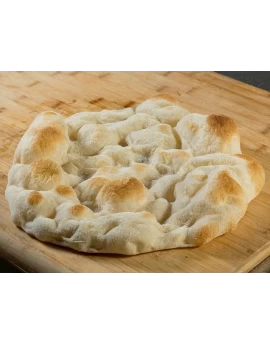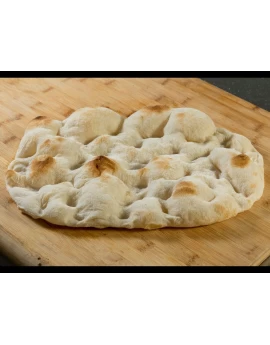Τι είναι αυτό που μας κάνει ξεχωριστούς;
Αλεύρι
Για να γίνει η Pinsa χρησιμοποιείται συγκεκριμένο αλεύρι, το οποίο παρασκευάζεται από τρία συστατικά + προζύμι. Το αλεύρι προέρχεται από "Μυστική συνταγή".
Σύσταση
Είναι ψαθυρή, δηλαδή εύθραυστη, χάρη στον τραγανό φλοιό της, αλλά ταυτόχρονα μαλακή εσωτερικά. Το νερό που χρησιμοποιείται για τη ζύμη είναι πάντα κρύο.
Gourmet
Είναι πολύ πιο εύπεπτη από την pizza λόγω της διαφορετικής ενυδάτωσης της ζύμης. Έχει λιγότερους υδατάνθρακες, λίπος και αλάτι. Είναι σούπερ-οργανικό και GOURMET προϊόν.
Άρωμα
Το ευωδιαστό άρωμα της οφείλεται στον χρόνο ωρίμανσης και τη χρήση προζυμιού. Το προζύμι δίνει υψηλή αφομοιωσιμότητα βοηθώντας τη διαδικασία διογκώσεως.
Κρυφή ματιά στο εργαστήρι παραγωγής
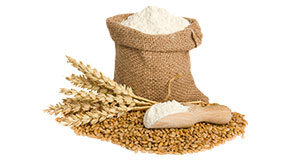
Το θεμέλιο όλης της συνταγής είναι σίγουρα το μοναδικό αλεύρι Pinsa Romana (ιδιοκτησία της εταιρίας Di Marco).
Για να γίνει η Pinsa πρέπει να χρησιμοποιηθεί το συγκεκριμένο αλεύρι, το οποίο παρασκευάζεται από τα τρία βασικά συστατικά + προζύμι.
*Όλες οι Pinsas μας παρασκευάζονται με προζύμι , χωρίς συντηρητικά ή πρόσθετα.

Το αλεύρι πρέπει να αναμειχθεί με κρύο νερό και η ποσότητα, που σχετίζεται με το άλευρο (ενυδάτωση), μπορεί να φτάσει το 90%, ενώ σε μια κοινή πίτσα είναι μεταξύ 50% και 60%.
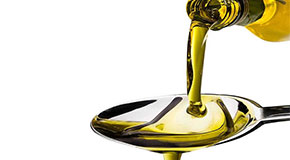
Η μοναδική γεύση και σύσταση της Pinsa Romana, εκτός των άλλων, οφείλεται και στον πρωταγωνιστή της μεσογειακής διατροφής: το ελαιόλαδο!
Το εξαιρετικό παρθένο ελαιόλαδο δίνει αγνότητα, ελαφρότητα και νοστιμιά στο προϊόν.
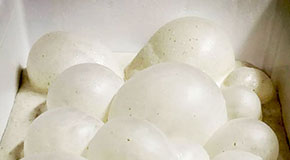
Η ωρίμανση είναι πολύ σημαντική!
Μετά από μια φυσική αργή διαδικασία ωρίμανσης των 72 ωρών, οι παρασκευαστές της pinsa απλώνουν κάθε ζυμάρι με το χέρι και της δίνουν το σχήμα που πρέπει να πάρει.
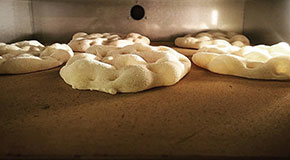
Οι ζύμες στη συνέχεια ψήνονται ταχύτατα στον ειδικό φούρνο, πάνω σε βαριά πέτρινη βάση. Παραδοσιακά και λιτά, η ζύμη -βάση πλέον- βγαίνει μέσα σε λίγα λεπτά.
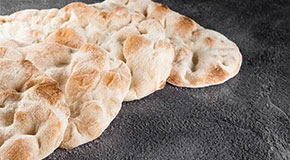
Μόλις βγουν από τον φούρνο καταψύχονται αμέσως, για να διατηρήσουν ανέγγιχτη τη γεύση και τη φρεσκάδα τους.
Η ψύξη τους πραγματοποιείται με υγρό άζωτο στους -70 βαθμούς.
- Βγάζετε την pinsa από την κατάψυξη
- Αφήνετε τη ζύμη για 5′ σε θερμοκρασία δωματίου (ψήνεται και παγωμένη)
- Ρυθμίζετε τον φούρνο στους 250°C βαθμούς στις αντιστάσεις ή στους 220°C στον αέρα.
- Προσθέτετε τα υλικά της αρεσκείας σας (τα υλικά μπορούν να προστεθούν και αφού έχει ψηθεί η Pinsa)
- Ψήνετε πάνω σε πέτρα ή σχάρα φούρνου
- Βάζετε την στον προθερμασμένο φούρνο για περίπου 5′ ανάλογα με την ισχύ του φούρνου.
- Όταν ροδίσει, η pinsa είναι έτοιμη.




